Houseplants can bring a lot of joy and beauty to any space, but they can also be prone to a variety of pests and diseases. In this article, we will discuss some of the most common pests and diseases that affect houseplants and provide tips on how to treat and prevent them.
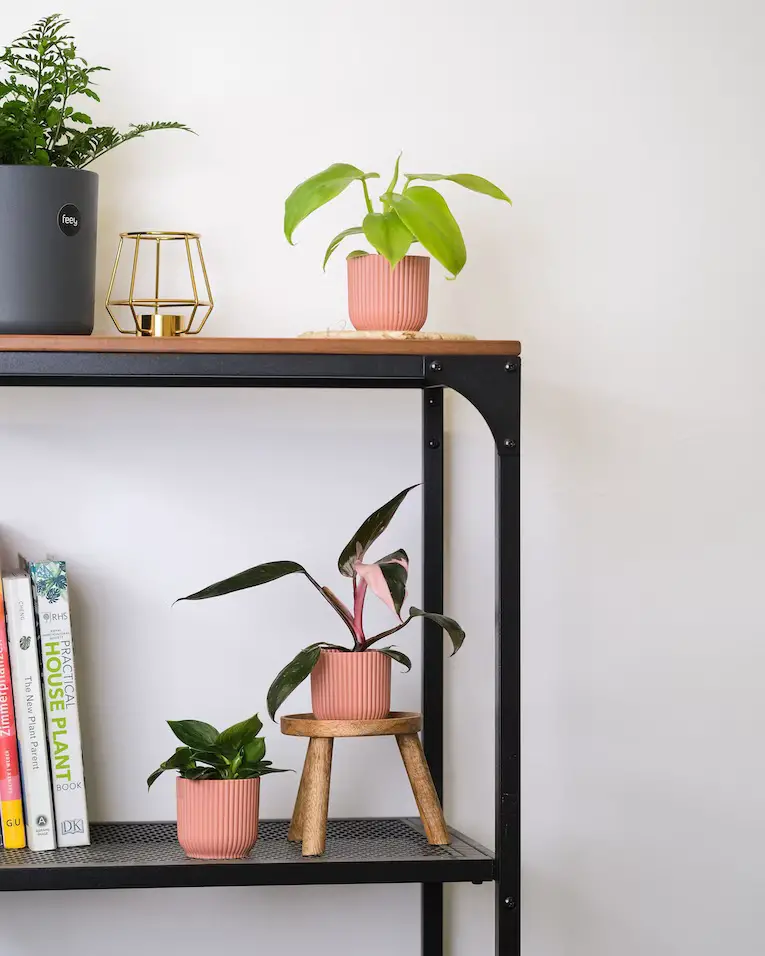
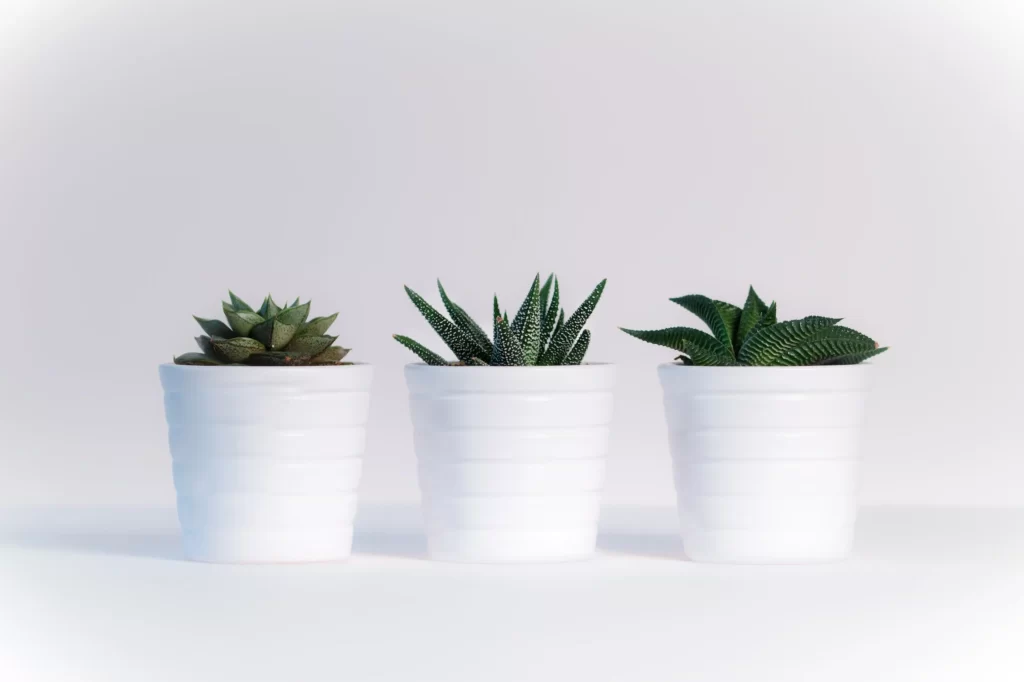

Table of Contents
Common Pests
Spider Mites
Spider mites are tiny pests that are difficult to spot with the naked eye. They are most commonly found on the undersides of leaves and can cause significant damage to plants. Spider mites pierce the plant’s cells and suck out the sap, causing leaves to turn yellow and eventually fall off.
Treatment: To treat spider mites, you can use an insecticidal soap or neem oil. Spray the solution onto the leaves, making sure to cover both sides of the leaf. Repeat the treatment every 7-10 days until the infestation is under control.
Prevention: To prevent spider mites, make sure to keep the humidity levels in your home consistent. Spider mites thrive in dry environments, so misting your plants regularly can help prevent infestations.
Mealybugs
Mealybugs are soft-bodied insects that are covered in a white, waxy substance. They are most commonly found on the undersides of leaves, in the joints of stems, and on new growth. Mealybugs pierce the plant’s cells and suck out the sap, causing leaves to turn yellow and eventually fall off.
Treatment: To treat mealybugs, you can use an insecticidal soap or neem oil. Spray the solution onto the leaves, making sure to cover both sides of the leaf. Repeat the treatment every 7-10 days until the infestation is under control.
Prevention: To prevent mealybugs, make sure to inspect new plants before bringing them into your home. Mealybugs can easily spread from plant to plant, so isolating new plants for a few weeks can help prevent infestations.
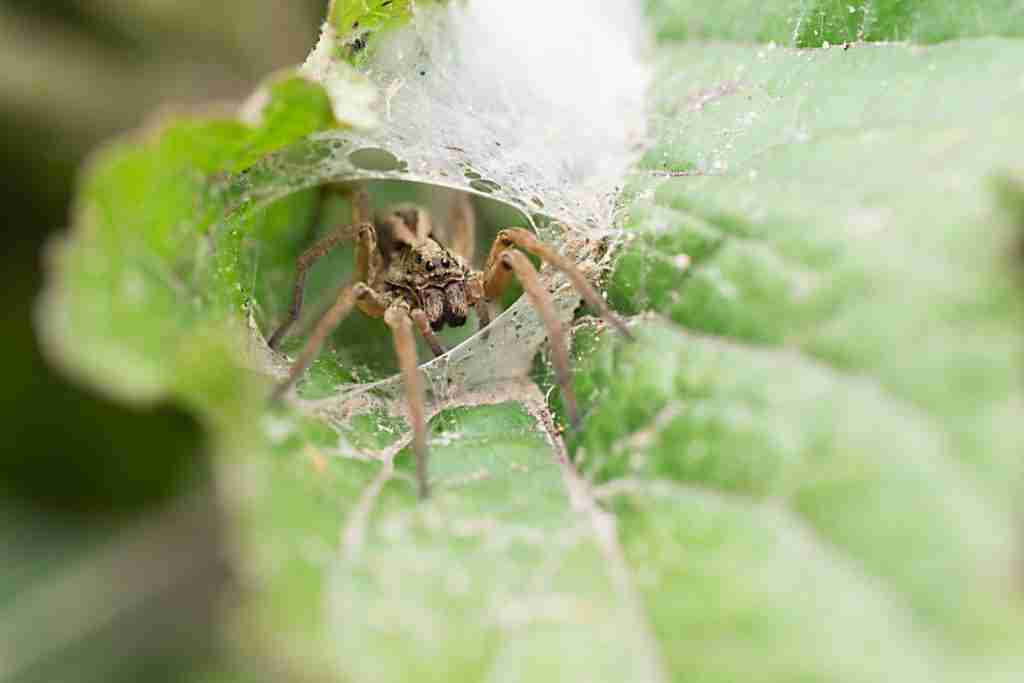
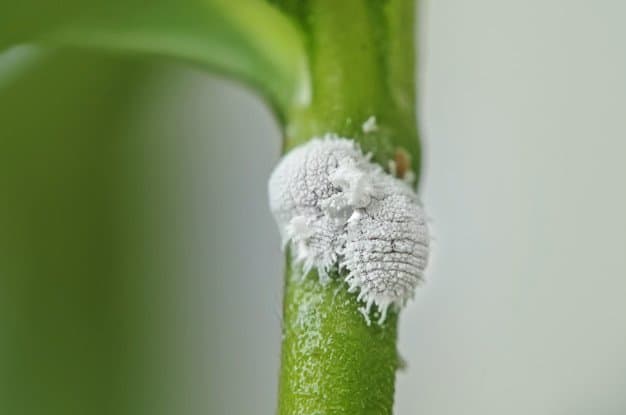
Scale Insects
Scale insects are small, oval-shaped pests that can be either flat or raised. They are most commonly found on the undersides of leaves and can cause significant damage to plants. Scale insects pierce the plant’s cells and suck out the sap, causing leaves to turn yellow and eventually fall off.
Treatment: To treat scale insects, you can use an insecticidal soap or neem oil. Spray the solution onto the leaves, making sure to cover both sides of the leaf. Repeat the treatment every 7-10 days until the infestation is under control.
Prevention: To prevent scale insects, make sure to inspect new plants before bringing them into your home. Scale insects can easily spread from plant to plant, so isolating new plants for a few weeks can help prevent infestations.
Aphids
Aphids are small, soft-bodied insects that can be either green or black. They are most commonly found on the undersides of leaves and can cause significant damage to plants. Aphids pierce the plant’s cells and suck out the sap, causing leaves to turn yellow and eventually fall off.
Treatment: To treat aphids, you can use an insecticidal soap or neem oil. Spray the solution onto the leaves, making sure to cover both sides of the leaf. Repeat the treatment every 7-10 days until the infestation is under control.
Prevention: To prevent aphids, make sure to keep the humidity levels in your home consistent. Aphids thrive in dry environments, so misting your plants regularly can help prevent infestations.
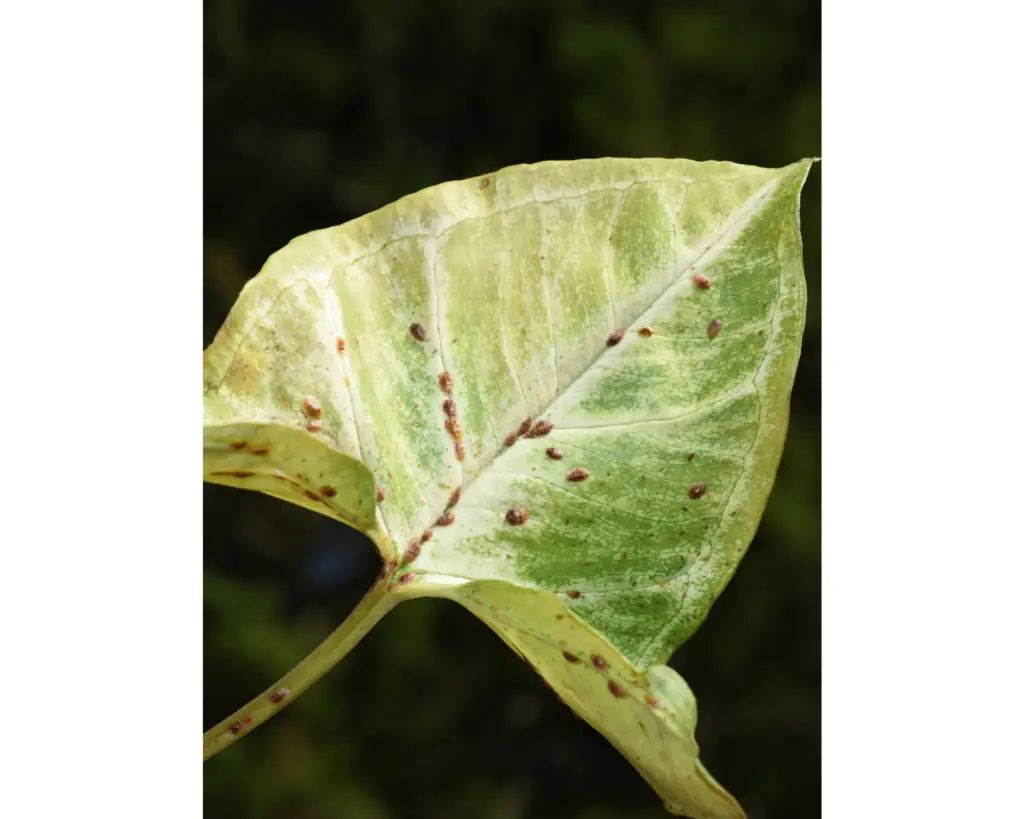
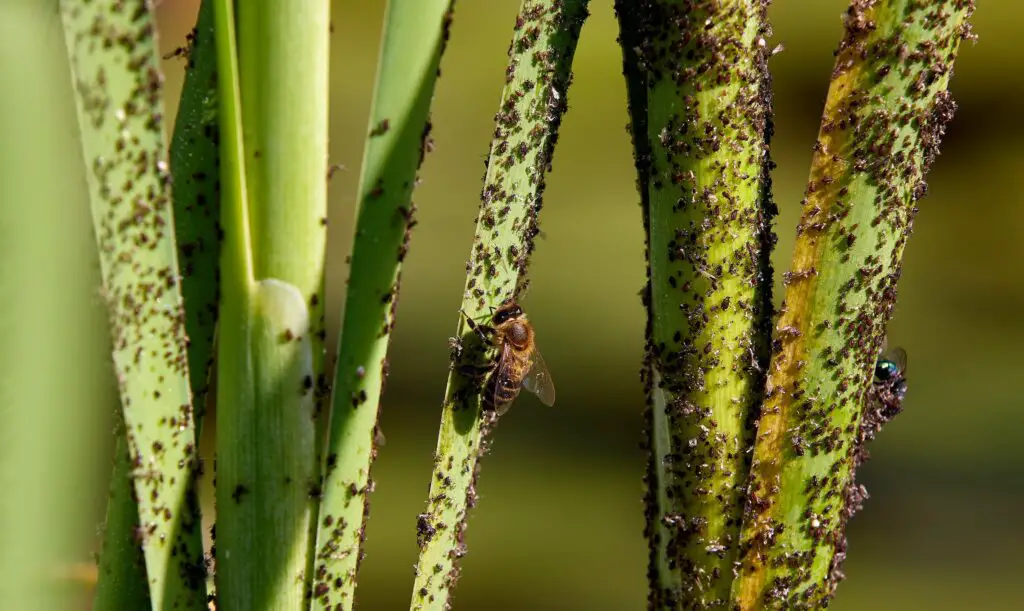
Common Diseases
Root Rot
Root rot is a fungal disease that is caused by overwatering and poor drainage. The fungus attacks the roots of the plant, causing them to turn brown and mushy. The plant may become unstable and the leaves may wilt or turn yellow.
Treatment: To treat root rot, it is important to first identify the problem. Remove the plant from its pot and inspect the roots. If they are brown and mushy, remove the affected roots with clean scissors and repot the plant in fresh, well-draining soil. Make sure to adjust your watering habits to prevent overwatering in the future.
Prevention: To prevent root rot, make sure your plant is in a pot with drainage holes and use a well-draining soil mix. Only water the plant when the top inch (2-3 centimetres) of soil is dry to the touch.
Powdery Mildew
Powdery mildew is a fungal disease that can affect a wide variety of plants. It appears as a white or gray powdery substance on the leaves and stems of the plant. The fungus can spread quickly and cause the leaves to become distorted or die.
Treatment: To treat powdery mildew, you can use a fungicide or a homemade solution of 1 tablespoon of baking soda and 1 quart (1 litre) of water. Spray the solution onto the affected areas of the plant and repeat every 7-10 days until the infestation is under control.
Prevention: To prevent powdery mildew, make sure to provide adequate air circulation around your plants. Avoid overcrowding them and keep the humidity levels in your home consistent.
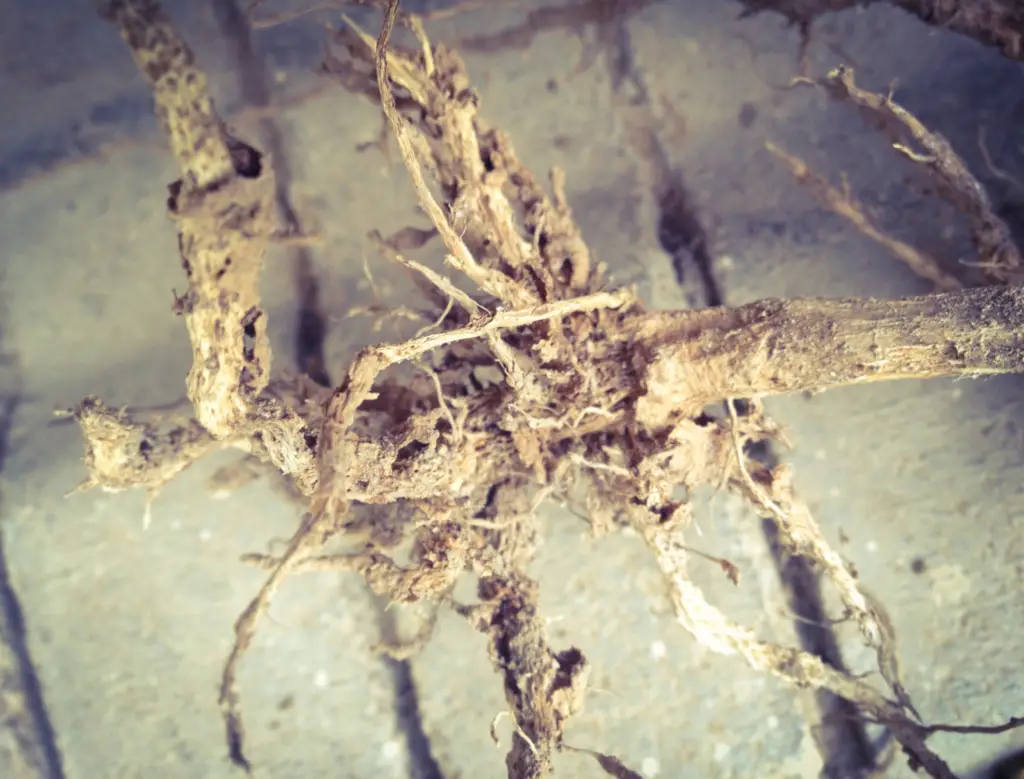
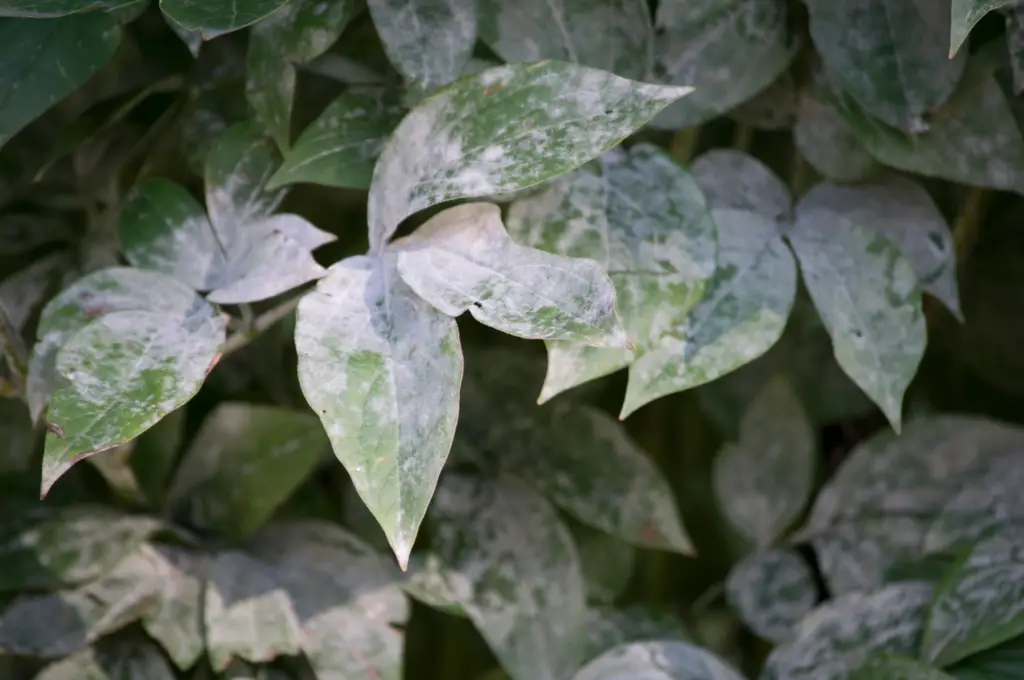
Leaf Spot
Leaf spot is a fungal disease that can affect a wide variety of plants. It appears as small, circular spots on the leaves of the plant. As the disease progresses, the spots may merge and cause the leaves to turn yellow or brown.
Treatment: To treat leaf spot, remove the affected leaves and dispose of them in the trash. You can also use a fungicide to help control the disease. Repeat the treatment every 7-10 days until the infestation is under control.
Prevention: To prevent leaf spot, make sure to provide adequate air circulation around your plants. Avoid overcrowding them and make sure to water them from the bottom to prevent water from splashing onto the leaves.
Bacterial Leaf Spot
Bacterial leaf spot is a bacterial disease that can affect a wide variety of plants. It appears as small, water-soaked spots on the leaves of the plant. As the disease progresses, the spots may turn brown and cause the leaves to die.
Treatment: To treat bacterial leaf spot, remove the affected leaves and dispose of them in the trash. You can also use a copper fungicide to help control the disease. Repeat the treatment every 7-10 days until the infestation is under control.
Prevention: To prevent bacterial leaf spot, make sure to provide adequate air circulation around your plants. Avoid overcrowding them and make sure to water them from the bottom to prevent water from splashing onto the leaves.

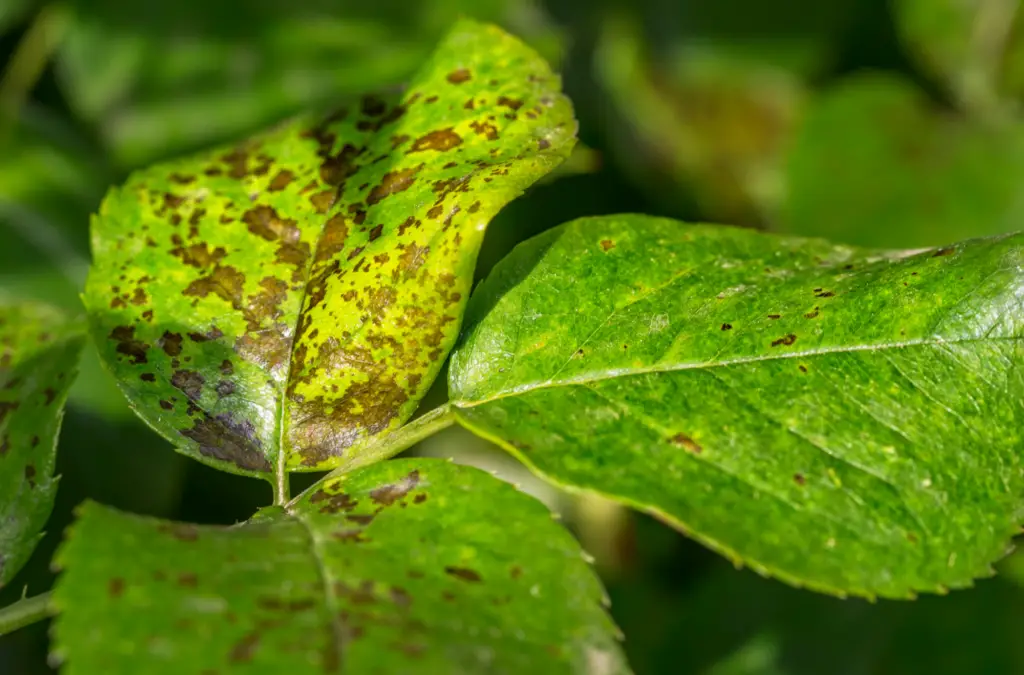
In conclusion, houseplants can be a great addition to any home, but they require proper care and attention to prevent pests and diseases. It is important to identify the problem early and take action to treat and prevent infestations. By following the tips outlined in this article, you can help keep your houseplants healthy and thriving for years to come.
